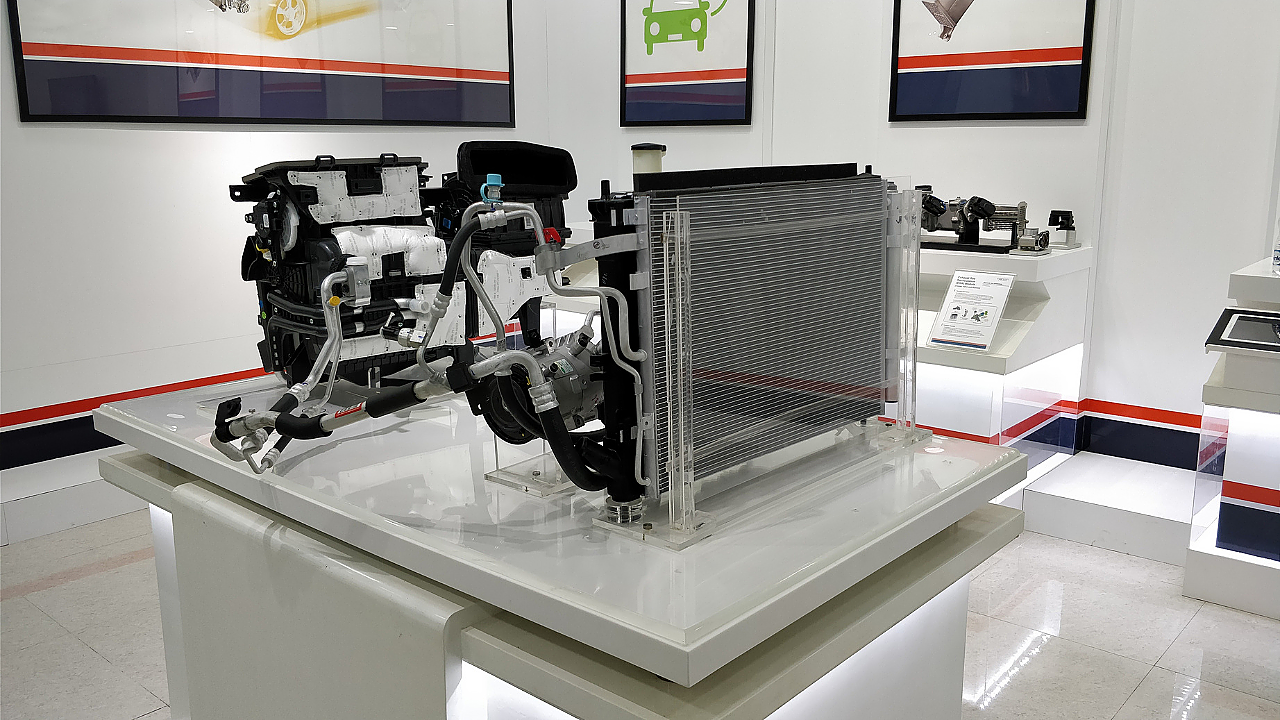
Stringent emission norms across various countries and the demand for premium cars create the importance of powertrain thermal management, eventually leading the Global Thermal Systems Market to grow from $37.6 billion in 2022 to $41.7 billion in 2027.
According to the recent report - the Global Thermal Systems Market, by Application, Technology, Components, Vehicles and Region - Forecast to 2027, by Research and Markets, the market is slated to grow at a CAGR of 2.1% till 2027.
The growing demand for premium cars with increased comfort features would require thermal management. Moreover, rising electric vehicles require effective thermal management for batteries, motors, and other power electronics modules, adding to the demand.
With the rising demand for luxury cars, especially high-end full-size SUVs, several thermal systems, such as heated steering, heated/ventilated seats, automatic climate control, and rear air-conditioning, have evolved in terms of technology, comfort, and safety. For instance, to provide sufficient cooling to third-row passengers, OEMs are installing separate rear A/C units in full-size SUVs, and with growing demand, the market for rear-seat air conditioning will also grow. In addition, increasing demand for luxury vehicles would drive the need for advanced thermal systems and features, such as grille shutters, passive cabin ventilation, active cabin ventilation, active seat ventilation, and glass or glazing, which currently have very low penetration.
Battery Electric Vehicles
According to Research and Markets, the battery electric vehicles segment would lead the electric & hybrid vehicle thermal systems market. Stringent emissions regulations have shifted the global focus on electric vehicles, which has resulted in an exponential growth of these vehicle types in recent years. An increase in electric vehicle sales has spurred the demand for electric components such as electric compressors, batteries, electric motors, power electronics, and heat exchangers.
Also, the demand for a higher driving range and fast charging has made battery and motor thermal management an important aspect of electric vehicles. Further, according to a survey of BEV architectures, the industry has been experimenting with combinations of different thermal management concepts such as pre-conditioning of the cabin, air coolant and refrigerant-cooled batteries, heat pumping, collection, and re-use of waste heat, etc. Thus, growing electric vehicle sales would fuel the thermal systems market in the coming future.
Waste Heat
Research and Markets noted that the waste heat recovery technology is expected to grow at the fastest rate during the forecast period. Waste heat recovery will be the fastest growing segment till 2027, owing to increasing emission regulation stringency, especially in Western Europe and North America. European countries, Turkey, and Israel have made the 'Worldwide Harmonised Light Vehicle Test Procedure (WLTP)' mandatory, which helps to achieve reduced emissions and increased fuel efficiency. Some other countries are expected to join this programme in the future, which may fuel the adoption of EGR technology, mainly for compact engines, in the coming years. This would create a growth opportunity for using Exhaust Gas Recirculation (EGR) and Thermoelectric Generator (TEG) in the coming year and bring new business opportunities for thermal system providers.
Despite key drivers such as stringent emission regulations, increasing demand for luxury vehicles, and integration of advanced thermal management solutions, the major restraint is higher cost. However, the report noted that there are huge opportunities due to the advancements in mobility solutions that require innovative thermal products and growing demand for EVs. According to the report, there are several challenges, including a lack of standardisation and low adoption of advanced thermal systems in developing countries.
NB: Photo is representational; courtesy: Hanon Systems.
Also Read
Castrol Augments R&D With EV Thermal Management Centre
Also Watch
New Nexcharge Tech Detects Thermal Events Well Before It Happens